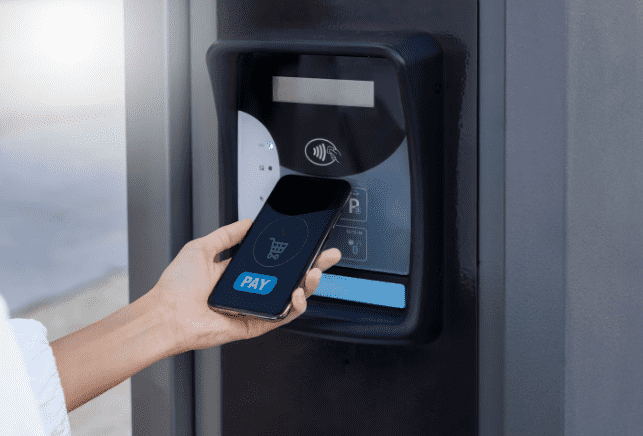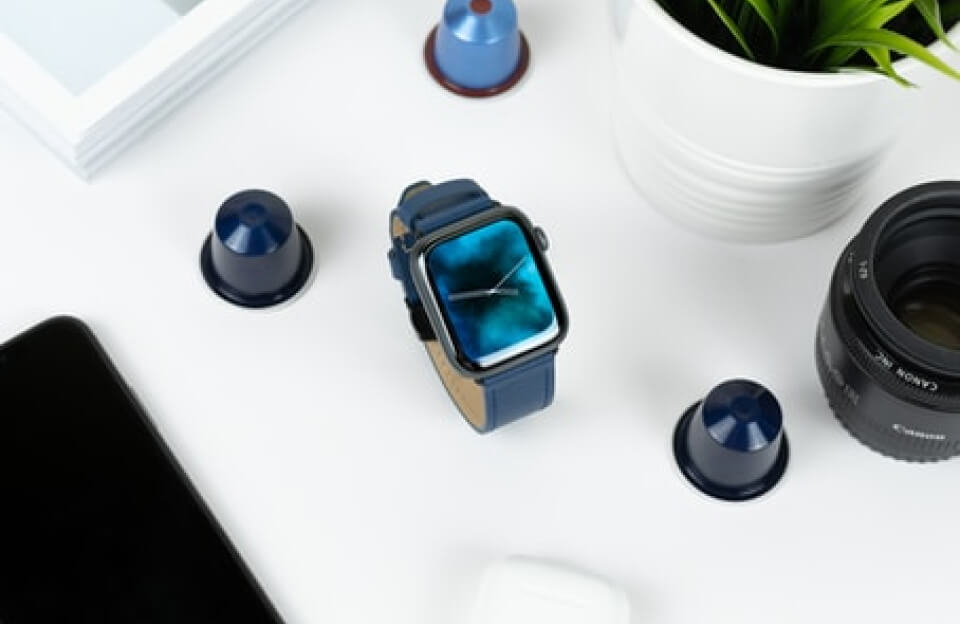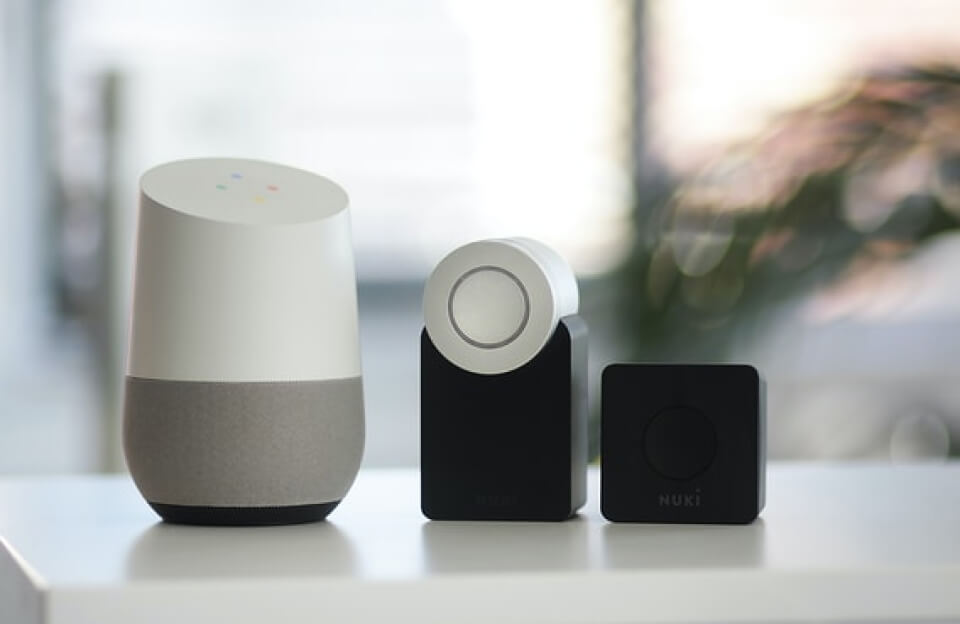With the rapidly moving digital world, security and convenience stand paramount for businesses and individuals alike. Biometric equipment has come to be seen as a top-notch solution, offering superior security, friction-free authentication, and a highly customized customer experience. From fingerprint scanners to facial recognition software, these devices are transforming what remains of the industries today in the United States. In this blog, we will go through the types, benefits, applications, and future in the realm of biometric devices in the United States.
What Are Biometric Devices?
Biometric devices are technical setups that use biological patterns of human beings to check or identify a person. In the cases of standard security procedures such as passwords or ID cards, biometrics are centered on unique human traits, such as fingerprints, facial features, voice, or iris patterns. It is thus the reason that accuracy and security are enhanced, because these features can barely able to be duplicated.
Moreover, with the growing threat of cybercrime and identity theft, the need for biometric devices to support both organizations and individuals who value safety and efficiency is steadily increasing.
Types of Biometric Devices
Additionally, biometric devices come in numerous types, depending on specific requirements and applications:
- Fingerprint Scanners
Among the most commonly used biometric devices are fingerprint scanners. They are present in everything from smartphones to laptops to access control systems. What essentially happens is that the scanner looks for the ridges and patterns of a fingerprint that are unique to that person and uses them to verify identity.
- Facial Recognition Systems
Facial recognition technology uses facial features such as the distance between eyes, nose shape, and jawline to authenticate a person. Hence, it is being accepted into many U. S. airports, banks, and corporate offices for security enhancement as well as quicker verification.
- Iris and Retina Scanners
Iris and retina scanners capture unique eye characteristics. Because these biometric systems are highly accurate, organizations often deploy them in high-security areas such as government offices and research laboratories.
- Voice Recognition Systems
Voice recognition biometric systems analyze speech patterns, tone, and pitch for the authentication of an individual. Hence, they have found applications in call centers, banking, and smart home devices. In essence, this system authenticates users through voice.
- Hand Geometry Scanners
Hand geometry scanners make measurements of the shape and size of the hand. While less common than maybe fingerprint or facial recognition, the scanner can be an effective method of access control in workplaces.
- Behavioral Biometrics
Unlike fingerprint or face recognition, behavioral biometrics measure the behavior of a person, like their typing pattern or the movement of their mouse or smartphone usage. As such, these biometric devices offer continuous authentication, thereby enhancing cybersecurity for U. S. businesses.

Advantages of Biometric Devices
Furthermore, the growing use of biometric devices in the U.S. is largely attributable to a wide range of advantages that enhance security and efficiency:
- Security
A biometric trait once stolen would be very difficult to duplicate, if at all possible. Therefore, biometric devices provided a much more secure environment than the banking, healthcare, governmental, and corporate sectors for their usage. In fact, in the U. S., fingerprinting and facial recognition systems are being used to ensure unauthorized persons do not gain access to certain areas or to keep their sensitive information secure.
- Ease and Efficiency
Biometric authentication removes the need to remember complex passwords or carry around an ID card. Users can unlock their phones in a matter of seconds with a fingerprint or face recognition system. Likewise, for organizations using biometric time and attendance systems, employee management becomes more straightforward and less dependent on administration.
- Prevention of Fraud
Biometric identification helps significantly in diminishing identity fraud and unauthorized transactions. Hence, more and more U. S. banks have started adopting voice recognition and facial scanning biometrics to fight client fraud over online and mobile banking platforms.
- Personalized Experiences
In the U. S., companies use biometric devices in customer service systems to offer personalized experiences. For example, retailers use facial recognition to target advertisements, whereas hotels use fingerprint or iris scanning to expedite check-in processes.
- Compliance
Consequently, with stricter data protection and privacy laws in the U.S., organizations using biometric devices effectively comply with regulations by providing secure and verifiable identity authentication solutions.
Applications of Biometric Devices in the USA
Moreover, considering all aspects of identity, biometrics seamlessly connect multiple disciplines and actively serve various sectors across the United States.
- Banking and Finance
Increasingly in the U. S., banks are using biometric devices to perform banking transactions. These include fingerprint-based ATM access and facial recognition for mobile banking apps to curb identity theft and unauthorized transactions.
- Healthcare
Biometric devices in healthcare aim at patient safety, reducing errors, and facilitating operations. Fingerprint and facial recognition systems in hospitals are used for patient identification, whereas staff access is regulated through iris scanning methods or hand geometry devices. This, in turn, makes their operations safer and more efficient.
- Corporate Security
In America, biometric devices are used to manage access control, attendance, and secure areas. Fingerprint and facial recognition systems prevent unauthorized entry, whereas behavioral biometrics keep an eye on employee activity. Hence, all measures contribute to cybersecurity.
- Travel and Immigration
Airport stations and immigration services in the United States have started employing such biometric devices that are considered in the group of technologies comprising facial recognition and iris scanning. These systems can enhance security and further generated the reduction of long queues, thereby ensuring little to no hassle for the traveler.
- Education
Biometric devices are used in schools and universities to record student attendance, access to campus sites, and manage libraries. With fingerprint and facial recognition systems, students are registered accurately with less administrative burden.
- Retail and Hospitality
Retailers and hotels use biometric devices to enhance customer experiences. They apply facial recognition for targeted marketing and use fingerprint or iris scanning to enable quick, seamless check-ins or payments.
Challenges to Biometric Devices
While the benefits of biometric devices are obvious, the challenges they present in the U. S. market are:
- Privacy Concerns: Collecting and storing biometric data may impinge upon privacy. Therefore, organizations must comply with U. S. laws and honor data security laws.
- Cost: Potentially, these advanced biometric devices can become costly to implement, like iris scanners or behavioral analytics systems.
- Technical Limitations: Safety procedures vary with the interpretations of the plots. Some instructors go with the principles of Ohm’s laws. Many incidents of these can hamper the functionality of the device.
- User Acceptance: Some folks don’t want to touch biometrics just because of fear of privacy or unfamiliarity with the technology.
Biometric Devices Future in the U.S.
The future of biometric devices in spectroscopy is bright. These devices are aided in their evolution by AI, ML, and IoT, becoming more precise, speedy, and user-friendly. Being actively promoted are applications like continuous authentication, multi-model biometrics, and mobile integration.
The U. S. government and many private sectors are investing resources in biometric security systems, especially in fields like finance, healthcare, and travel. These investments mirror the increasing awareness and dependency on biometrics to provide secure, convenient, and efficient identification in everyday life.
Conclusion
Biometric devices are gradually revolutionizing security and convenience in the U.S.A. Wipe your finger on the fingerprint scanner, show your face to the camera, just speak into your phone, or look into the iris; these devices offer better security, fraud reduction, and customization.
With the flux of technology, biometric devices will be popular with businesses, government agencies, and all consumers in the United States. There should still be concerns about privacy, costs, and technical limitations; there are far more things on the positive side.
In the digital transformation era, U.S. society increasingly needs biometric devices, as they help build a safer, smarter, and more efficient environment.



